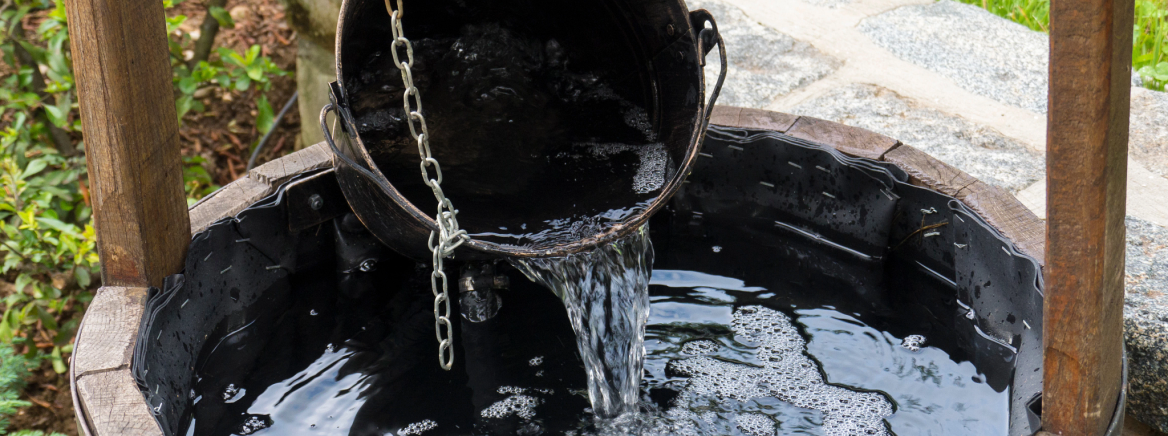Well Owners Top Ten List

1 - Locate Your Well
Your well may be in a different location than your pump or pressure tank. Once located, determine if there is a well tag. Write all the well tag information down for future reference. Note and report abandoned wells to the Mecklenburg County Groundwater Program.
2 - Inspect the Wellhead
Examine the well cap, seal and the area around the pipe (casing) for any leaks and make sure that the holes in the well cap (access port) are plugged. Make sure the well vent, if present, is inverted and screened. The well casing should extend at least 6 inches above the ground surface. A concrete slab around the well will prevent surface water from collecting around the well. If repairs are needed call a licensed well driller. Have your well tested periodically.
3 - Keep Records
Maintain information about your well installation, repairs, pump tests and water quality tests. A permanent file or notebook is suggested.
4 - Conserve Water
During times of drought the water table drops because more water is being removed from the aquifer than is being put back into the aquifer. Conservation helps to insure an adequate water supply for all groundwater users.
5 - Keep Surface Water Runoff Away From the Wellhead
The well should be uphill from potential contamination sources, such as heating oil tanks and septic drain fields. Contact the Mecklenburg County Groundwater & Wastewater System if you are going to site a new septic system or repairing an existing septic system.
6 - Maintain a "No Pollution" Buffer Around the Wellhead
Mecklenburg County recommends a minimum buffer of 100 feet around the well. Store garden and animal wastes, chemical fertilizers, pesticides and other potential contaminants outside your "no pollution" buffer. Remove any chemicals stored in the well house.
7 - Protect the Soil From Contamination by Oil, Gasoline and Household Chemicals
Take any unwanted items to the household hazardous waste collection sites.
8 - Follow Best Management Practices for Gardening and Landscaping
Avoid using or mixing fertilizers and pesticides within 100 feet of your well. Explore alternative methods for pest control, such as biodegradable products, physical barriers, beneficial insects and companion planting. If needed, apply chemicals sparingly and follow instructions carefully. Avoid over watering to slow chemical movement through the soil and into the groundwater.
9 - Check Livestock
Keep active pasture and animal enclosures at least 50 feet from a drilled well. Shield animal waste from rain. Fence off animal access to your well.
10 - Form a "Groundwater Guardian" Community
The groundwater guardian program is designed to empower local citizens and communities to take voluntary steps to protect the groundwater in their community. The program supports, recognizes and connects communities across the United States.

